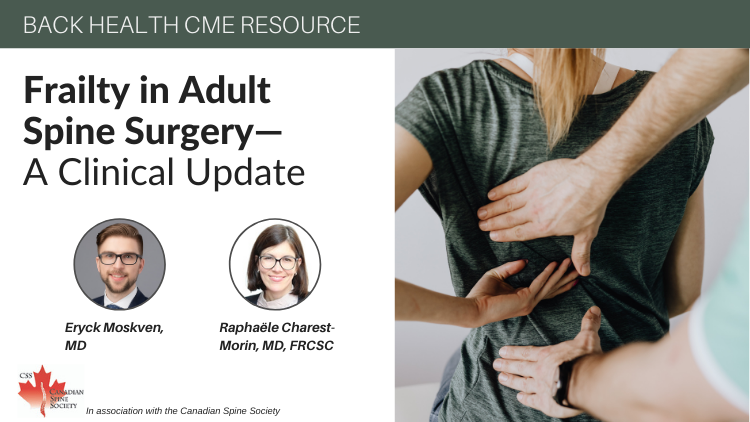1PGY 1, Department of Orthopaedics, Vancouver Spine Surgery Institute, University of British Columbia, Vancouver, BC. 2Clinical Assistant Professor, Combined Neurosurgical and Orthopaedic Spine Program,
Vancouver General Hospital, University of British Columbia, Vancouver, BC.
